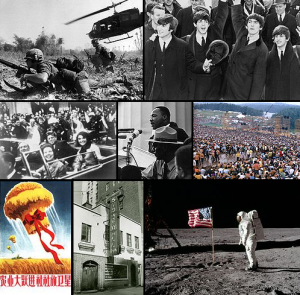
The 1960s in the US marked a turning point in national fitness awareness. President John F. Kennedy, a fitness champion himself, spearheaded initiatives like renaming the “Presidential Council for Fitness Club Youth” to the “Presidential Council on Physical Fitness.” He famously called Americans “under-exercised” and urged them to prioritize physical activity.
The Rise of Aerobics and Dr. Cooper
Dr. Ken H. Cooper, often referred to as the “Father of the modern fitness movement,” played a pivotal role. He emphasized preventative healthcare through exercise, a philosophy that continues to resonate today. His book “Aerobics” (1968) highlighted the importance of regular exercise for preventing chronic diseases and maintaining lifelong fitness. Dr. Cooper’s message and programs laid the groundwork for the booming fitness industry we see today.
Fitness Throughout History: Timeless Lessons

Looking back, we can identify recurring themes in fitness history relevant to the 21st century. One is the connection between national fitness and political leadership. President Kennedy’s example demonstrates the power leaders have to influence public health.
Another theme is the mind-body connection. While some cultures prioritize spirituality over physical well-being, others, like the Greeks, believed in a “healthy mind in a healthy body.” Today’s fitness programs often integrate mindfulness and mental well-being alongside physical exercise.
History also reveals a tendency for societies to prioritize wealth and convenience over physical activity, leading to declining fitness levels. This trend continues with technological advancements. The challenge lies in utilizing the vast amount of research on fitness and the creativity of the fitness industry to create engaging and effective exercise programs for the modern world.
The Takeaway
This historical exploration offers valuable insights into the evolution of fitness. We see how leaders, scientific advancements, and cultural trends have all shaped our understanding of exercise. By learning from the past, we can create a future where staying fit is accessible and enjoyable for everyone.
-Steph